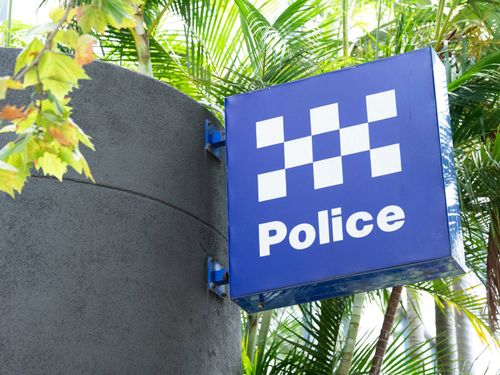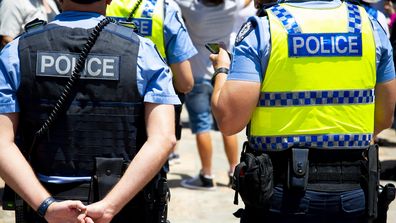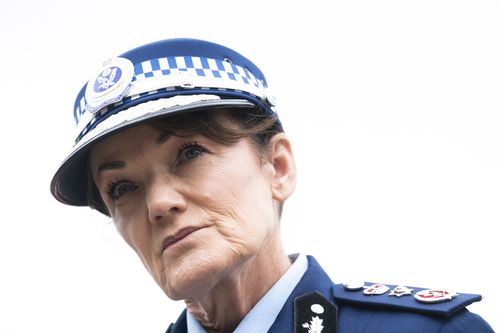Webb said there is a “gridlock” across the state’s jail system which has seen bail-refused inmates left to languish in police stations for days at a time, also known as “cell ramping”.

”Our job is to arrest and lock people up when they break the law, we are not an indefinite departure lounge for people in custody,” Webb said.
“This bottleneck is consuming police time and resources which could otherwise service the community.
“We need a plan to allow officers to do their job and get back out on the street.”

How much police officers are paid in each Ausssie state
Webb launched a six-month probe at the start of this month into how prisoner transport is impacting police resources and the community.
Under the review, officers are logging time and movements to audit how much police manpower is being used to transport and monitor inmates.
A small snapshot from November last year revealed a “significant” strain on police.

“I will be meeting with unions and Corrective Services to resolve this issue as soon as possible,” Webb added.
“While we are happy to support our colleagues at Corrective Services, this issue needs to be resolved at the highest level.
“We are not minders for people in custody, we are a police force.”
Cell congestion spiked when centralised bail Audio Visual Link (AVL) was introduced last year, NSW Police said in a statement.
It resulted in delays to long-term inmate intakes due to prison overcrowding.
Some people have spent up to several days in police cells, Webb said.
“This is not only a police resourcing issue, it’s a human rights issue,” Webb added.
